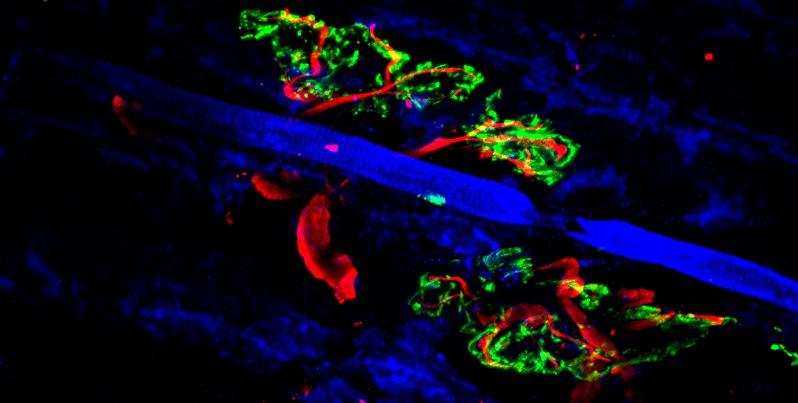
Our laboratory has several main areas of research, all related to diseases of the eye and orbit.
Eye Movements: We are interested in the etiology of eye movement disorders in children, focusing on childhood onset strabismus and infantile nystagmus syndrome, neither of which are well understood
Strabismus: Using the known neuronal properties of retrograde transport, we are testing the ability of neurotrophic factors to improve eye alignment in animal models of strabismus, as well as testing the hypothesis that perturbation of neurotrophic factors in the periphery can induce strabismus.
Infantile Nystagmus: Our recent research demonstrated that the innervation of the extraocular muscles is abnormal in subjects with infantile nystagmus. We performed an RNAseq analysis that resulted in a list of candidate molecules that are differentially regulated in muscles from animals with nystagmus compared to normal controls. We are validating the expression of a selected group of these molecules, and we will assess if perturbation of their expression in normal animals can produce a nystagmus.
Muscle Stem Cells: The extraocular muscles have a significantly elevated numbers of muscle stem cells, and also an unusual complexity of multiple muscle precursor cells. We are focusing on Pitx2, a transcription factor, the expression of which we believe is responsible for extraocular muscle sparing in various forms of muscular dystrophy.
Retinal Function: The laboratory is interested in how analysis of the function of the retina, using the electroretinogram (ERG) can be used as a predictor of nervous system disorders. Our recent work has focused on testing whether the ERG can be used as a biomarker for schizophrenia.